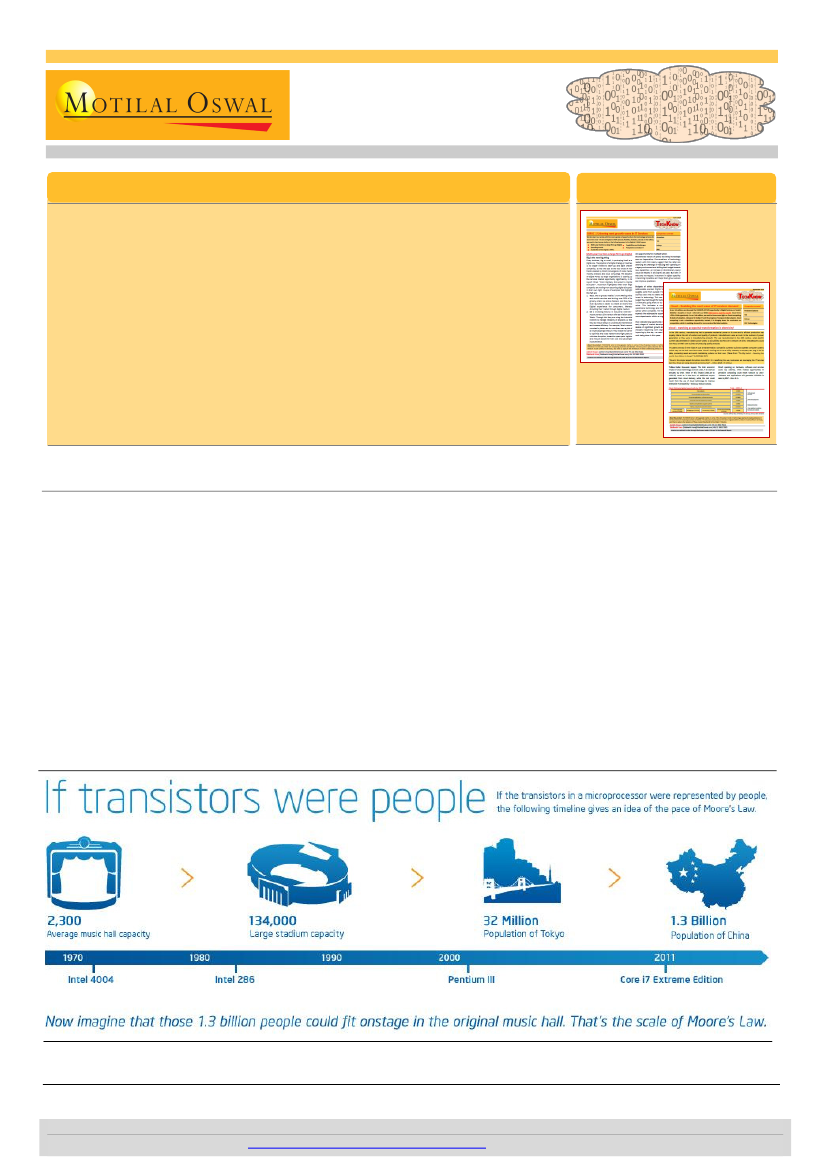
June 2015
2
T
ECH
K
NOW
ECH NOW
Our past editions
XaaS— Xplaining As-a-Service
Services in the digital world
The 2nd issue of Techknow explored the area of cloud computing and the huge
opportunity it provides to transform businesses digitally in the near future. We
discussed the factors that favor large-scale adoption of cloud computing among
enterprises, which will be in the form of “Everything as a Service (XaaS)” business model
where everything from technology services to key business processes can be delivered
as a service utility. We shed some more light on the same in our latest issue, which will
cover:
1. What is XaaS and role of players in the ecosystem?
2. How big is SaaS? Is it a threat to Indian IT services sector?
3. Expert Speak: Prasenjit Saha, CEO – IMS and Security business, Happiest Minds
4. What are the imperatives to flourish and not perish in the new wave of technology
services?
T
ECH
K
NOW:
CLOUD
T
ECH
K
NOW:
DIGITAL
Is it time for Moore’s law in services?
Cloud to act as the services multiplier
Gordon Moore, the co-founder of Intel, made an
observation in his 1965 paper that the number of
components in an integrated circuit will double every
year. The famous law has lasted for 50 years in
computing power and has seen various offshoots in
other segments.
With the advent of cloud, the same is not unimaginable
in services market - for the same cost, the quantum of
Moore’s law simplified!
services delivered could double every 2-4 years. Fueling
this belief is the savings obtained from moving
infrastructure to cloud, along with ever-reducing prices
charged for per unit of services. This gets compounded
by the increasing acceptability of Robotic Process
Automation. All this feeds into the flexibility in the way
customers chose to consume storage and computing
capabilities.
Ashish Chopra
(Ashish.Chopra@MotilalOswal.com) +91 22 3982 5424
Investors are advised to refer through disclosures made at the end of the Research Report.
Motilal Oswal research is available on
www.motilaloswal.com/Institutional-Equities,
Bloomberg, Thomson Reuters, Factset and S&P Capital.